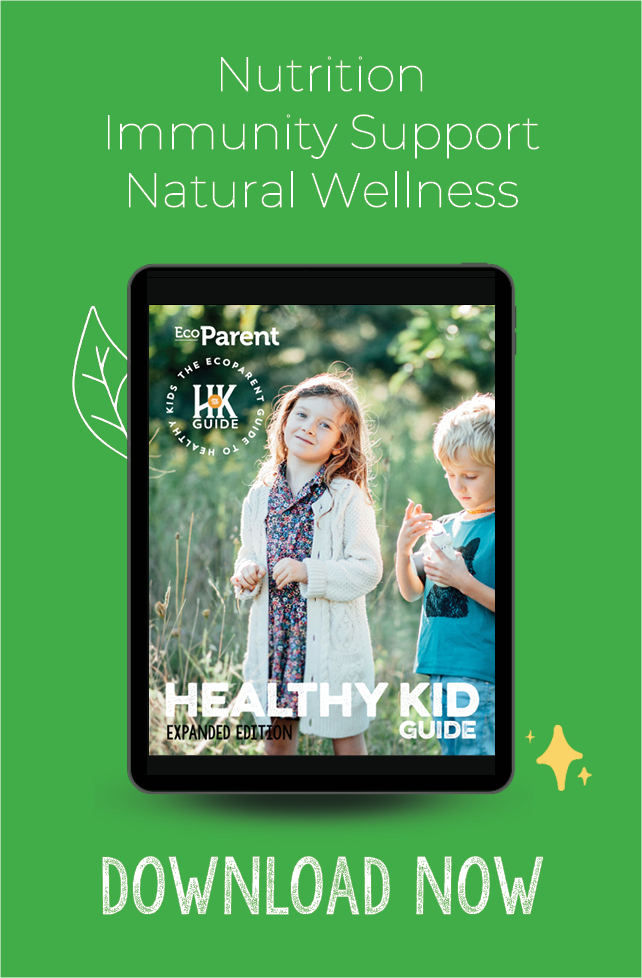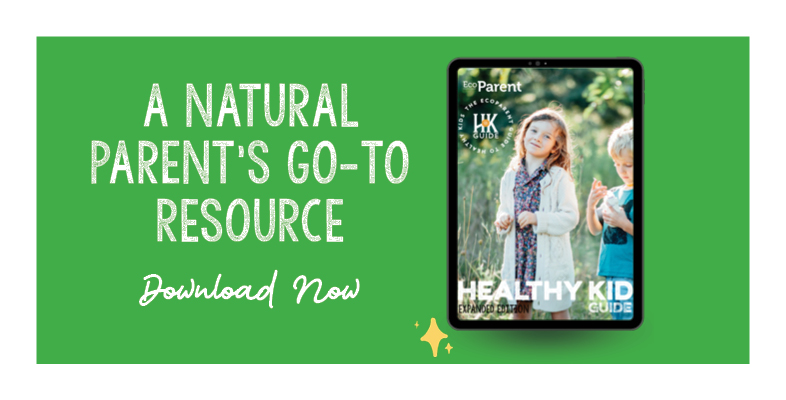From the happy child reading their favourite book, to the angry spouse who has just spoken with a demanding boss, to the laughing teenager chatting with a friend on the phone, to the young adult excited about a new love interest, to the worried parent concerned about this month’s upcoming bills, every family is at any given moment a swirling mass of mixed emotions. How a family approaches emotions in the home matters. Rather than looking at emotions as “good” or “bad,” families can instead get into the habit of responding to each emotion with a simple, curious, and open mind using a few simple mindfulness strategies.
EMOTIONS WELCOME HERE
“Instead of resisting any emotion, the best way to dispel it is to enter it fully, embrace it and see through your resistance.” — Deepak Chopra
It is not shocking that we like positive emotions and prefer to avoid or run from negative emotions. Problematically, those emotions that we enjoy, like happiness, peacefulness, and calm, are short-lived, while the ones we tend to avoid, like anger, worry, and anxiety are felt for much longer periods of time. What if instead of choosing which emotions we embraced or rejected, we welcomed, felt, and observed all of our emotions? The resulting awareness would be a mindful experience, enabling healthy responses rather than overblown reactions when those not-so-easy emotions eventually surface.
At each stage of life, mindfulness can be very useful tool for promoting clarity and happiness. Simply paying attention to the present moment in an accepting, nonjudgmental manner is a wonderful practice. This practice is being taught to teams in major business corporations, to athletes in many sports, and even to children through schools or healthcare settings.
MINDFULNESS FOR ALL AGES
Speak it
Take a few minutes each day to talk about emotions with your family members. If a child is excited about a new game or toy that they have seen or played with, ask the child what makes them excited about it. Acknowledge that the child feels happy, whether because it’s something new or different, or perhaps it was because they were playing with a friend at the time, as sometimes the good feeling is more about the company and less about the object. Similarly, if a child is withdrawn after seeing some sad news on television, ask the child how the news made them feel. If they feel sad because they have seen suffering, touch on the awareness that seeing this makes them feel sad. It’s important to note that in both cases being present and feeling the emotion is important. Too often we are tempted to move into action, whether it be purchasing that toy or item. to continue the feeling of happiness or avoiding watching the news to cut off those feelings of pain. Yet, in the moment of feeling, the best mindfulness strategy is to actually feel the emotion.
This extends to adults as well. Let yourself feel the emotion, without looking for the root of feeling. Saying, “I feel angry that my boss speaks so disrespectfully to me,” is enough without adding, “He did this last week too,” or “I’ve seen him do the same to the coworkers,” or even “He doesn’t do this to anyone else.” The exposition merely adds fuel to the thoughts tied with the emotion while not simply focusing on just the emotion. If the emotion is focused upon and understood simply as the emotion alone (“I feel angry” in this example), you will find that the emotion will dissipate.
Feel it
Explore alternative scenarios in any emotional experience. I suspect we have all heard the word “hangry” by now, meaning a person who is angry/frustrated because they are hungry. It took someone with clear thinking to understand this idea and notice how many people experience it. Parents will often notice similar experiences in their children. One child may feel particularly anxious whenever it’s exam day, or partners can notice an irritable tendency when visiting with in-laws. We can look at just the emotion, or we can look at the reason behind the emotion.
Remember that whether you are talking with oneself, or talking with another, try to question kindly and non-judgmentally. Asking “Do you think you’re angry because…?” is much better than accusing from an “I know it’s because…” approach. Then, feel the emotion or let the family member feel the emotion. Feel compassion for the person and the emotion trying to be expressed. This kindness will allow the emotion to be felt and released in much less time than acting as if it is not there, or by reacting to its expression.
Sri Sri Ravi Shankar asserts that, “No emotions are bad. But if they stay for long, then it is bad. Emotions should be like a line drawn on the surface of water.” When considering happiness, this quote may appear to not ring true. However, what is perhaps more untrue is the idea that our goal as humans is to always be happy. Yet happiness is often linked with the acquisition of a “thing,” and the feeling is short-lived and addictive, driving one to seek only to acquire the next thing and the next, in order to maintain that feeling of happiness. This is how addictions to food, alcohol, and even work begin. This isn’t to say that we should not strive to be happy, because we should. When feelings of happiness come, feel them, but remember that this emotion too can come and go easily.
See it
Since the mind has a tendency to focus on negative things, feeling sadness, worry, and/or anxiety are very easy. Yet, if the reasons for the emotions are explored by visualizing positive outcomes for the experiences, new possibilities can arise. You may have heard of the term “self-fulfilling prophecy.” You can shape your experiences by anticipating (even if only for a few minutes) happy outcomes that could possibly happen. For example, if a child is worried about meeting a new teacher or doctor, have them imagine a fun meeting, or a fun experience on the way to the meeting or appointment. Adults can do the same by visualizing positive experiences with a job interview or meeting with a boss.
Daniel Goleman, author of Emotional Intelligence, states that positivity is part and parcel of focused attention. “Pessimism narrows our focus,” he writes, “whereas positive emotions widen our attention and our receptiveness to the new and unexpected.” Mindfully focusing on possible positive experiences, even while acknowledging and accepting that a current emotion does not feel that way, helps to train the brain to open up to the positive that can be brought to mind right within a difficult emotional experience.
KNOW YOUR EMOTIONS
“If you are tuned out of your own emotions, you will be poor at reading them in other people.” — Daniel Goleman
In the past, people were strongly encouraged to hide their emotions, which means that for many of us, our parents did not publicly acknowledge their emotions. Unfortunately, this had far-reaching effects, extending from them to the way they trained their families to approach emotions. Thankfully, through the promotion of more open communication, many families today can break that pattern, and embrace and share all emotions—both good and bad. When we sit with our emotions, feel them, and accept them as part of the shared human experience, having love and compassion for them, we are better able to let them dissolve. When families can share emotions from this space, homes and workplaces will be much happier and healthier.
You may also enjoy: What Mindfulness Is: Healthy Communication, How Can You Tell the Difference Between Stress and Anxiety?, and Mindful Wellness: Finding Everyday Joy.









